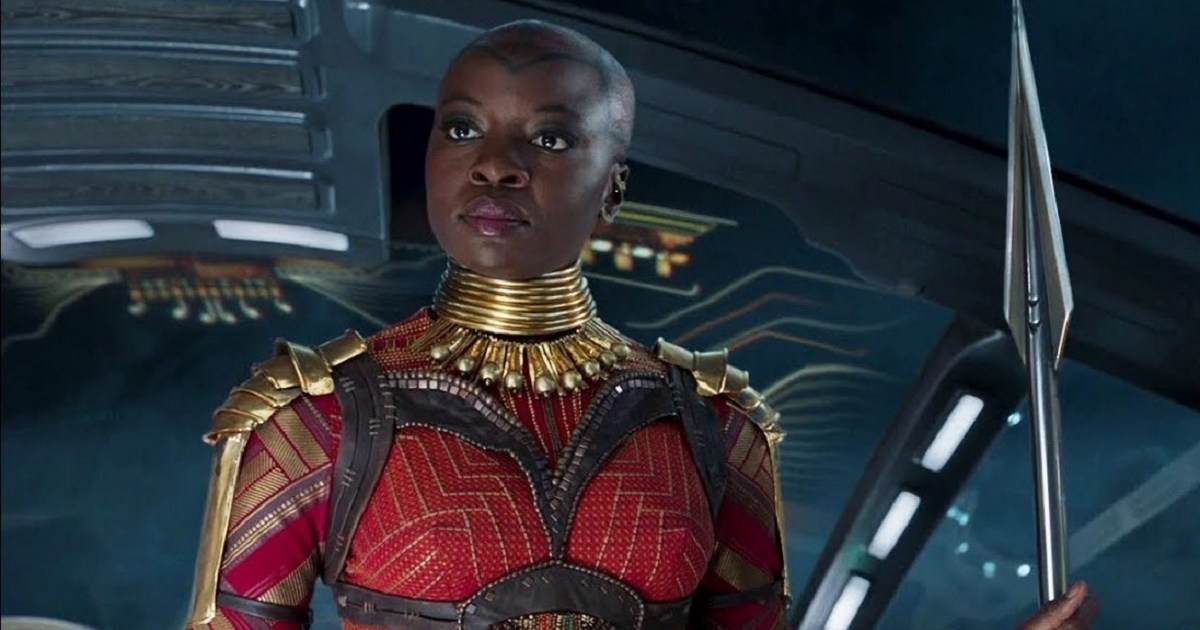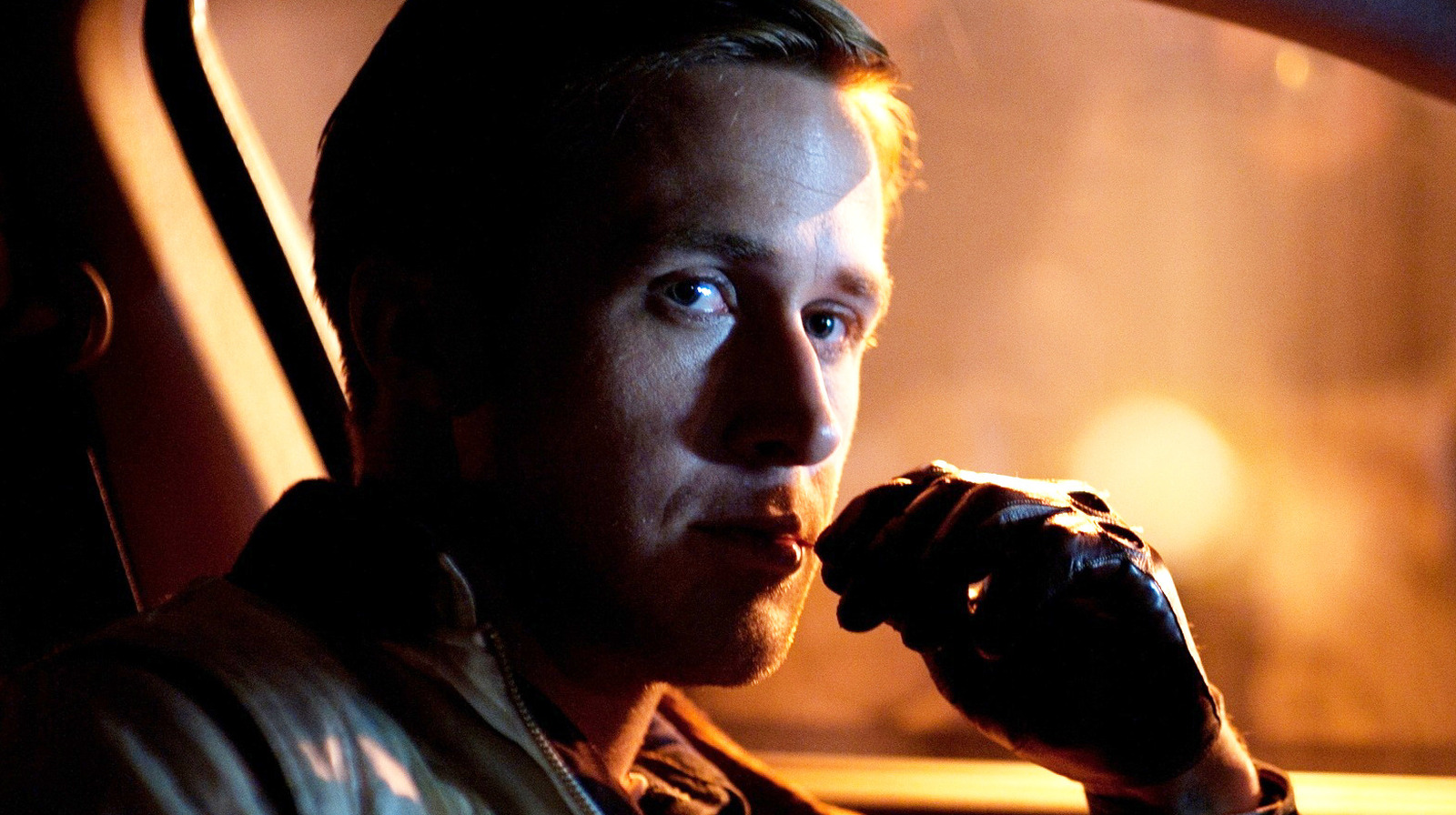'In Viaggio' Review: Pope Francis Doc Gives Unprecedented Access to Papal Life
If there's anything 'In Viaggio', 'The Young Pope' and 'The Two Popes' have taught us lately, it's that being the Pope is pretty weird. Even when you take off the pristine white robes; handmade Italian shoes; the kiss of strangers; and jazzy little Popemobile, you always end up with a man with an extremely huge and often bizarrely contradictory mandate.
The 'In Viaggio' documentary is made up of archival footage spanning 9 years, from when Jorge Mario Bergoglio became Pope Francis in 2013. The Argentinian bouncer-turned-janitor-turned-scientist-turned-man-of-god was celebrated as representing a new progressive era for Catholicism. His predecessors, Pope John Paul II and Benedict XVI, had died and retired respectively with the dark cloud of child sex abuse scandal hanging over them, but Pope Francis was the opportunity for the Vatican to draw a line in the sand and no longer tolerate such atrocities. .
Related RelatedThe film has unprecedented access to the Pope, starting with an intimate shot of his face and shoulders, hunched over like a Rodin sculpture crushed by a divine burden. We are told that in his commitment to reaching those who need his help most, he visited 37 countries during filming. This is made all the more impressive when you consider the years that COVID-19 has swallowed and the age of the man, now in his mid eighties, he spends many visits looking exhausted and limping. of the speech at the diplomatic meeting. Francis is nothing if not determined, on stormy days donning a yellow plastic sheet over his formal attire in order to speed through the rain to meet the Jesus-loving masses.
The film has a wonderful recurring shot, with a camera attached to the back of the popemobile in front of it. From place to place, we see the crowds lining the streets and Pope Francis turning to greet the crowds that range from awe-inspiring but taciturn to full-blown Beatlemania.
The film is most interesting when it explores the full weight of what the Pope is dealing with, be it climate change, war, poverty or the pandemic. It begins with a heartbreaking distress call to the Italian coast guard; a boat carrying 250 migrants attempts to cross the Mediterranean when a storm hits and capsizes. The line becomes sickeningly silent before the screaming man can give a location and all lives on board are lost. The pope seems to feel this deeply and on the verge of tears as he moodily declares that this event is a "thorn in my heart", where "boats instead of symbols of hope become symbols of death". He stops, looks at the crowd and seems to meet each person in the eye and begs for compassion and for each person to bear the burden of what this indifference to the suffering of our fellow human beings has brought about, "this is a society that has forgot how to cry."
From country to country the message is different, but Pope Francis, despite all the glitzy outfits and five-star treatment he receives (including a plane flanked by fighter jets to drive him destination) always seems happiest when he encounters the poor and dispossessed. In the Philippines, he touches his forehead in prayer and happily kisses babies. In Mexico, he visits the prisoners and seems to give everyone a little hope by meeting them one by one, greeting them with respect as equals. And in Palestine, he looks at the 66-year-old refugee camps and seems equally determined for a better future when an activist declares: “We will demand peace. We will reclaim freedom."
In the midst of all this global turmoil, the filmmakers give us a touch of dark humor during his visit to America. He enters Congress to a warm standing ovation and everyone seems on board as he begins his speech, praising American icons like Abraham Lincoln, Martin Luther King Jr and the politically radical American Catholic Dorothy Day. The room turns as he begins to talk about the inglorious nature of war and as he describes the military-industrial complex as "money dipped in blood!" you can practically hear the politicians squirming in their seats.
The documentary is notable for its access to the life of Pope Francis and its elegant images, directed and stylishly edited by Gianfranco Rosi. There is no doubt that the pope is a remarkable man who calmly manages his life oscillating wildly between motivational speeches and rounds of apologies. He apologizes to Aboriginal Canadians for the role of the Catholic Church in their colonization. He apologizes to members of the Orthodox Church as the split in 1054 meant there were missed opportunities for cooperation. Above all, he apologizes for the sexual abuse of children through the ages and must in turn apologize again when he tacitly knew...

If there's anything 'In Viaggio', 'The Young Pope' and 'The Two Popes' have taught us lately, it's that being the Pope is pretty weird. Even when you take off the pristine white robes; handmade Italian shoes; the kiss of strangers; and jazzy little Popemobile, you always end up with a man with an extremely huge and often bizarrely contradictory mandate.
The 'In Viaggio' documentary is made up of archival footage spanning 9 years, from when Jorge Mario Bergoglio became Pope Francis in 2013. The Argentinian bouncer-turned-janitor-turned-scientist-turned-man-of-god was celebrated as representing a new progressive era for Catholicism. His predecessors, Pope John Paul II and Benedict XVI, had died and retired respectively with the dark cloud of child sex abuse scandal hanging over them, but Pope Francis was the opportunity for the Vatican to draw a line in the sand and no longer tolerate such atrocities. .
Related RelatedThe film has unprecedented access to the Pope, starting with an intimate shot of his face and shoulders, hunched over like a Rodin sculpture crushed by a divine burden. We are told that in his commitment to reaching those who need his help most, he visited 37 countries during filming. This is made all the more impressive when you consider the years that COVID-19 has swallowed and the age of the man, now in his mid eighties, he spends many visits looking exhausted and limping. of the speech at the diplomatic meeting. Francis is nothing if not determined, on stormy days donning a yellow plastic sheet over his formal attire in order to speed through the rain to meet the Jesus-loving masses.
The film has a wonderful recurring shot, with a camera attached to the back of the popemobile in front of it. From place to place, we see the crowds lining the streets and Pope Francis turning to greet the crowds that range from awe-inspiring but taciturn to full-blown Beatlemania.
The film is most interesting when it explores the full weight of what the Pope is dealing with, be it climate change, war, poverty or the pandemic. It begins with a heartbreaking distress call to the Italian coast guard; a boat carrying 250 migrants attempts to cross the Mediterranean when a storm hits and capsizes. The line becomes sickeningly silent before the screaming man can give a location and all lives on board are lost. The pope seems to feel this deeply and on the verge of tears as he moodily declares that this event is a "thorn in my heart", where "boats instead of symbols of hope become symbols of death". He stops, looks at the crowd and seems to meet each person in the eye and begs for compassion and for each person to bear the burden of what this indifference to the suffering of our fellow human beings has brought about, "this is a society that has forgot how to cry."
From country to country the message is different, but Pope Francis, despite all the glitzy outfits and five-star treatment he receives (including a plane flanked by fighter jets to drive him destination) always seems happiest when he encounters the poor and dispossessed. In the Philippines, he touches his forehead in prayer and happily kisses babies. In Mexico, he visits the prisoners and seems to give everyone a little hope by meeting them one by one, greeting them with respect as equals. And in Palestine, he looks at the 66-year-old refugee camps and seems equally determined for a better future when an activist declares: “We will demand peace. We will reclaim freedom."
In the midst of all this global turmoil, the filmmakers give us a touch of dark humor during his visit to America. He enters Congress to a warm standing ovation and everyone seems on board as he begins his speech, praising American icons like Abraham Lincoln, Martin Luther King Jr and the politically radical American Catholic Dorothy Day. The room turns as he begins to talk about the inglorious nature of war and as he describes the military-industrial complex as "money dipped in blood!" you can practically hear the politicians squirming in their seats.
The documentary is notable for its access to the life of Pope Francis and its elegant images, directed and stylishly edited by Gianfranco Rosi. There is no doubt that the pope is a remarkable man who calmly manages his life oscillating wildly between motivational speeches and rounds of apologies. He apologizes to Aboriginal Canadians for the role of the Catholic Church in their colonization. He apologizes to members of the Orthodox Church as the split in 1054 meant there were missed opportunities for cooperation. Above all, he apologizes for the sexual abuse of children through the ages and must in turn apologize again when he tacitly knew...
What's Your Reaction?















![Three of ID's top PR executives quit ad firm Powerhouse [EXCLUSIVE]](https://variety.com/wp-content/uploads/2023/02/ID-PR-Logo.jpg?#)







